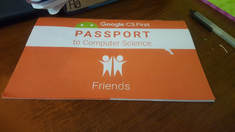
Wendy, the leader, was calm and relaxed even though this was her first experience with Scratch. She is an artist and brings her creative spirit to everything she does. She did get a bit overwhelmed when she saw how much information there was- a timer to keep track of moving from one activity to the next, a script, and videos - then she took a breath and realized there was a lot of redundant material to make sure she was supported.
The one thing that needed to be done ahead of the class was that each girl needed to be added to the online roster so that she had a username and password to log into the group lessons. When the girls arrived they were given their CS First Passports and their username and passwords to write down and get started.
The first activity was to pair up and create a Scratch project about 5 things the partners have in common. They were guided how to do this through video. The key here to support a strong community is to watch the videos as a group. If the girls just put on headphones they start to work alone and stop talking to each other and asking questions. In the group setting girls were looking at each other’s computers, laughing and sharing what they did.There are add-ons at the end of almost every CS First project. This is where personalization comes in to change costumes, add backgrounds and sound. At this meeting each pair of girls added a different additional element to their projects.
The most challenging part of the workshop was getting girls to pause and share their projects because they were so engrossed in their work. Not a bad problem to have, but sharing is an essential part that is not to be missed. When the girls did finally watch each other’s projects they were able to see new ideas that got them thinking and talking again and re-energized to return to their projects to do more.
When the parents arrived for pickup there was groaning from the girls who did not want to leave and admiration from the parents who had never seen computer science done in this robust and animated setting.
Next time: Creating a game, It was magical.
Check out a sample project and a video from my daughter who finally admits that she loves working with Scratch.
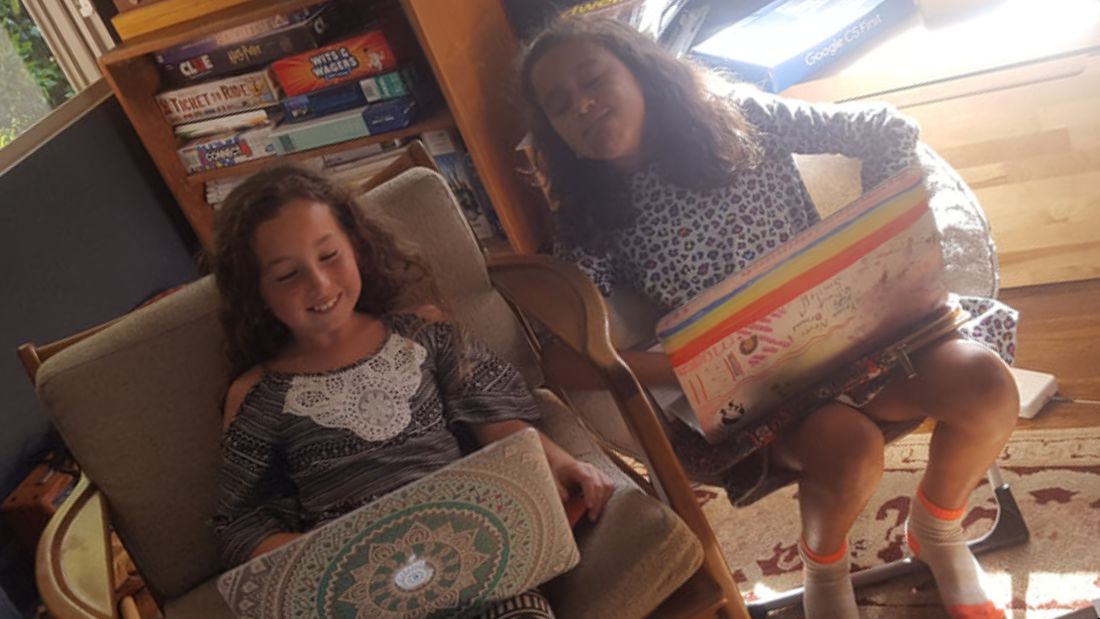
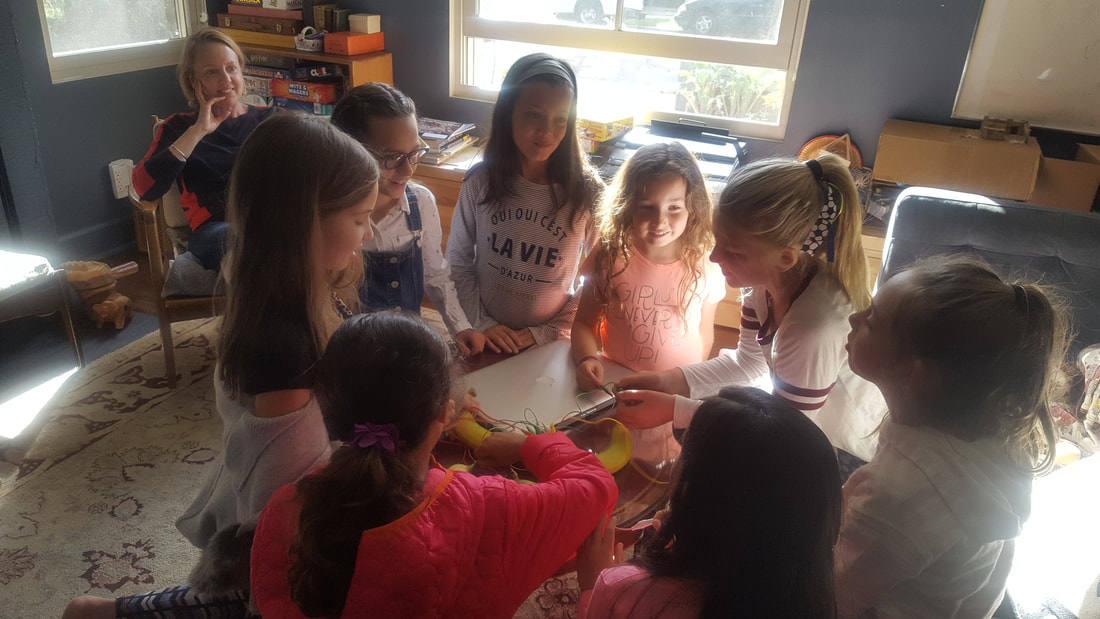
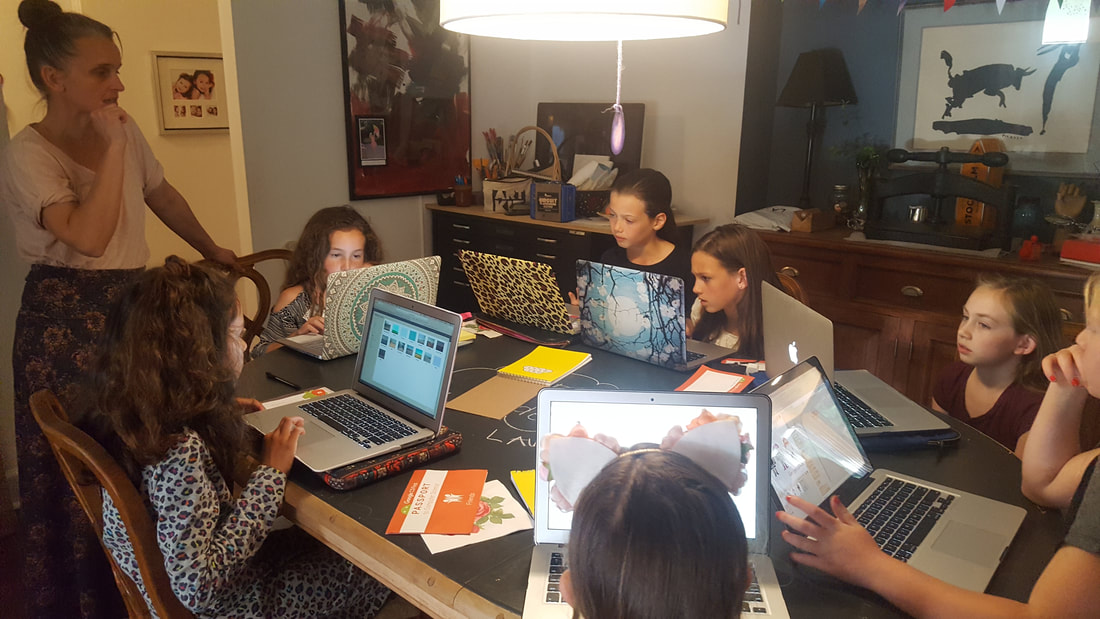
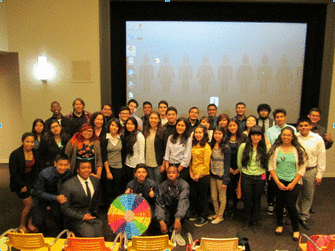
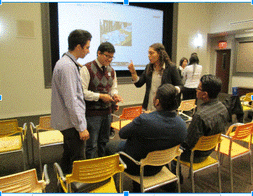
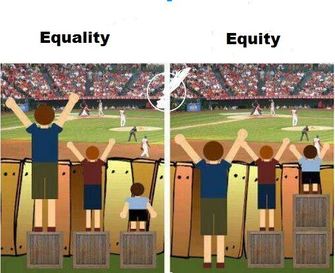
 RSS Feed
RSS Feed
